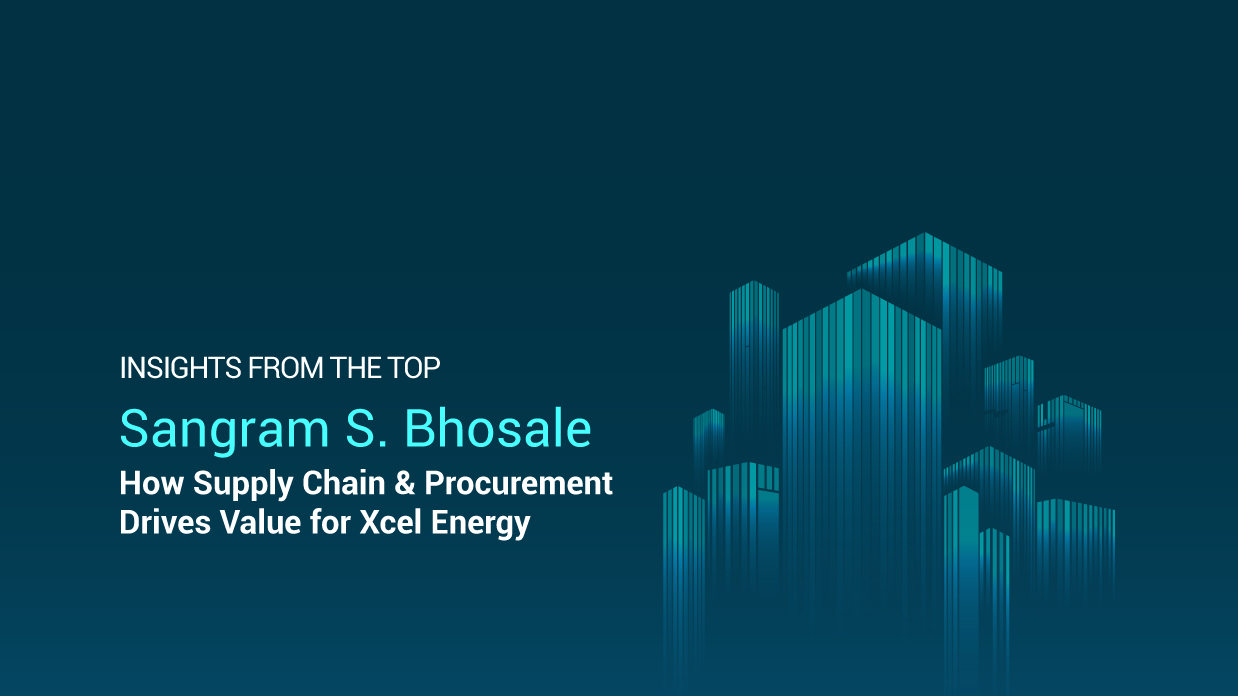How Supply Chain & Procurement Drives Value for Xcel Energy
Today, utilities — traditionally a relatively staid sector — are at the forefront of innovation and extensive transformation. To find out how a supply chain and procurement function is enabling the clean energy transition, helping customers to be more energy-efficient, and building resilience against extreme weather events and supply disruptions, GEP sat down with Sangram Bhosale, vice president and chief supply chain officer of Xcel Energy, one of the largest energy producers in the United States.
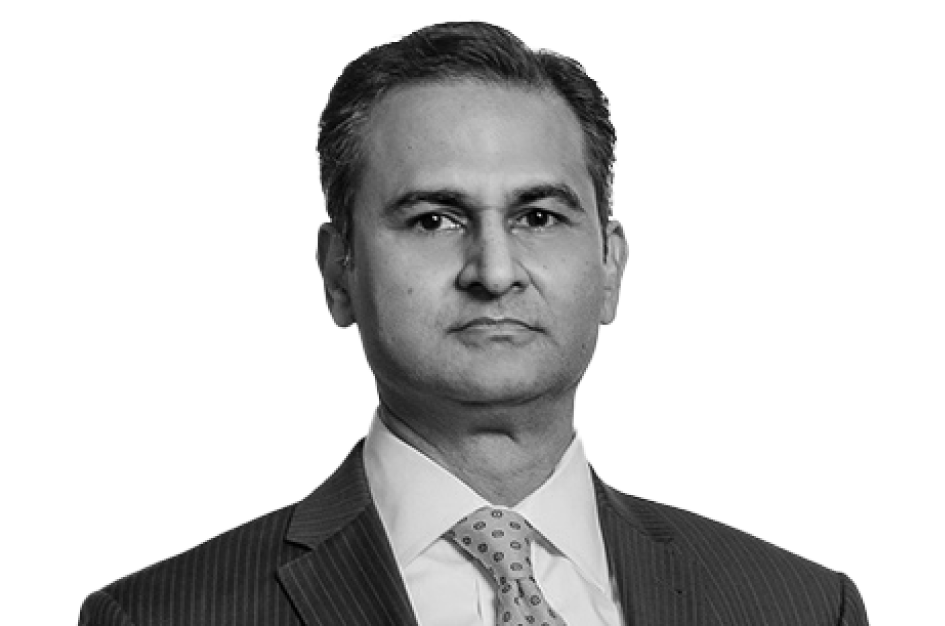
Q. Describe your team?
My team of 650 employees is diverse and geographically dispersed across Xcel's footprint and split evenly across procurement, warehousing, and fleet management. We procure $6 billion in indirect and direct spend and operate about 70 warehouse and distribution centers, storing everything from capital spares to the consumables needed to keep our power plants humming and gas flowing. We also manage the life cycle of Xcel's fleet of 7,500 vehicles, including sedans; light, medium, and heavy-duty trucks; and specialty equipment.
Q. How do the supply chain and procurement functions support Xcel Energy's mission?
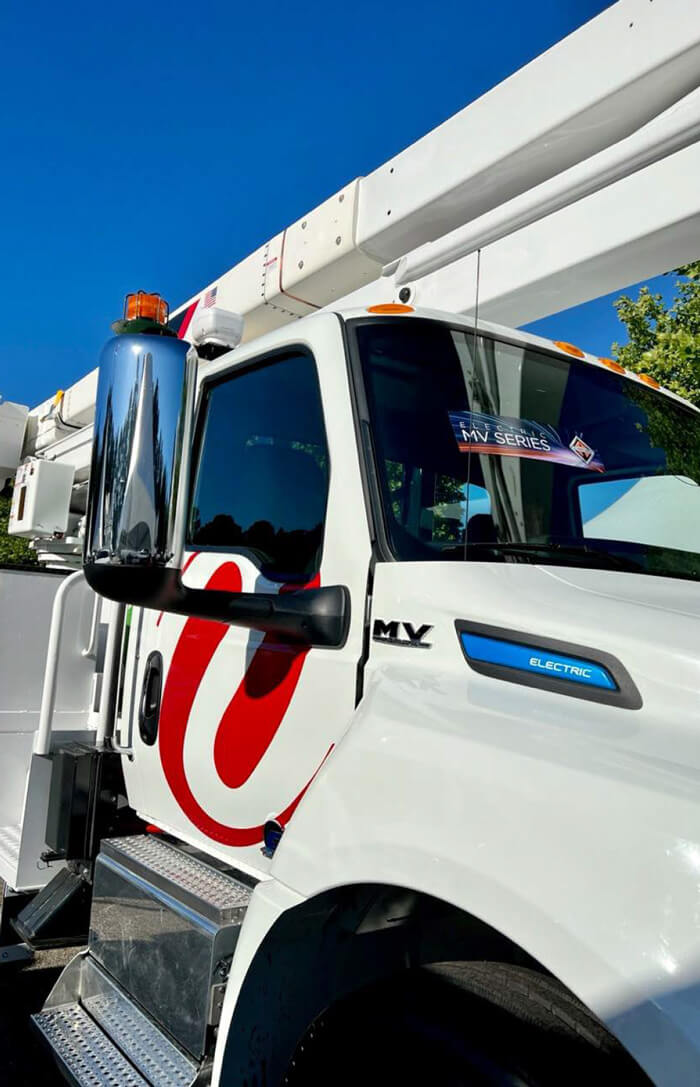
Supply chain aims to create value for the enterprise, enabling it to achieve its corporate objectives while working collaboratively with our business partners to realize their financial and operational goals.
Historically, we focused more on compliance, and business partners viewed our role as transactional. When I joined, we recognized that we needed to be more strategic, easy to work with, and viewed as trusted business partners. Achieving our vision requires a firm grasp of our business partners’ operations and pain points to provide solutions proactively.
So, we're transforming procurement to create a brand within Xcel Energy that is viewed as a value-creation engine for our business partners and the organization at the highest level. Our goal is to be a top-quartile chain organization.
Q. Where do you begin with transforming the supply chain?
We started by conducting an objective third-party benchmarking of the capabilities and maturity of our organization to identify the gaps relative to best-in-class. The benchmarking results became the basis for us to develop a three-year transformation road map to address the organization, people, process, and technology gaps.
The priority was to address our strategic sourcing capabilities to allow us to capture tangible value, improve responsiveness to business unit needs and create a self-funding mechanism for subsequent transformation investments. Next, we focused on refreshing our organizational design, including revising existing job descriptions and establishing new capabilities such as dedicated market intelligence, business analytics and capital projects procurement.
One of our key findings from the benchmarking was that we hadn't invested in supply chain technology, and there is a significant upside in improving productivity and efficiency through automation. As a result, we are implementing a complete source-to-pay digital platform aligned with our efforts related to simplifying, streamlining, standardizing and automating our core processes.
While we are in the early stages of our transformation, we already see perceptions starting to change, and a year in, we have already improved our net promoter score by 37%.
Q. How are you supporting Xcel’s strategic priorities?
Xcel Energy is committed to three strategic priorities — keeping the bills low, improving customer experience and enabling the clean energy transition. Procurement efforts are directly aligned with our corporate priorities.
We are all wrestling with record inflation. So last year, to consolidate and leverage our purchasing power and drive the best value from our supply base, we shifted from being a business unit centric to an enterprise-wide category approach. The benefits of the category approach have been multifold; we have been able to mitigate labor inflation and, in many cases, drive savings and consolidate suppliers while unburdening businesses from having to support multiple sourcing events.
One of the things that I love, and a big part of why I joined Xcel Energy, is that we are a purpose-driven organization with a bold vision of being an industry leader in clean energy. Our supply chain organization is playing a central role in helping us achieve net-zero by 2050 and, more pressing, achieve our interim goal of 80% carbon reduction by 2030, which is just around the corner! Procurement is working with our energy supply business to transition to renewable energy by sourcing and constructing wind, solar and battery farms and refurbishing our older hydro units. We are also sourcing hardware and contracting for the charging infrastructure installation, operation and maintenance to achieve the company's interim goal of enabling one out of five vehicles in our service areas to be electric by 2030.
We are also an integral part of the cross-functional team focused on deploying an advanced intelligent grid, including the deployment of smart meter in our customers' homes. These smart meters, when fully deployed, will provide our customers visibility and control of energy usage across all devices with insights on using appliances more efficiently. For example, customers will be able to run their dishwashers or laundry machines when energy prices are the lowest.
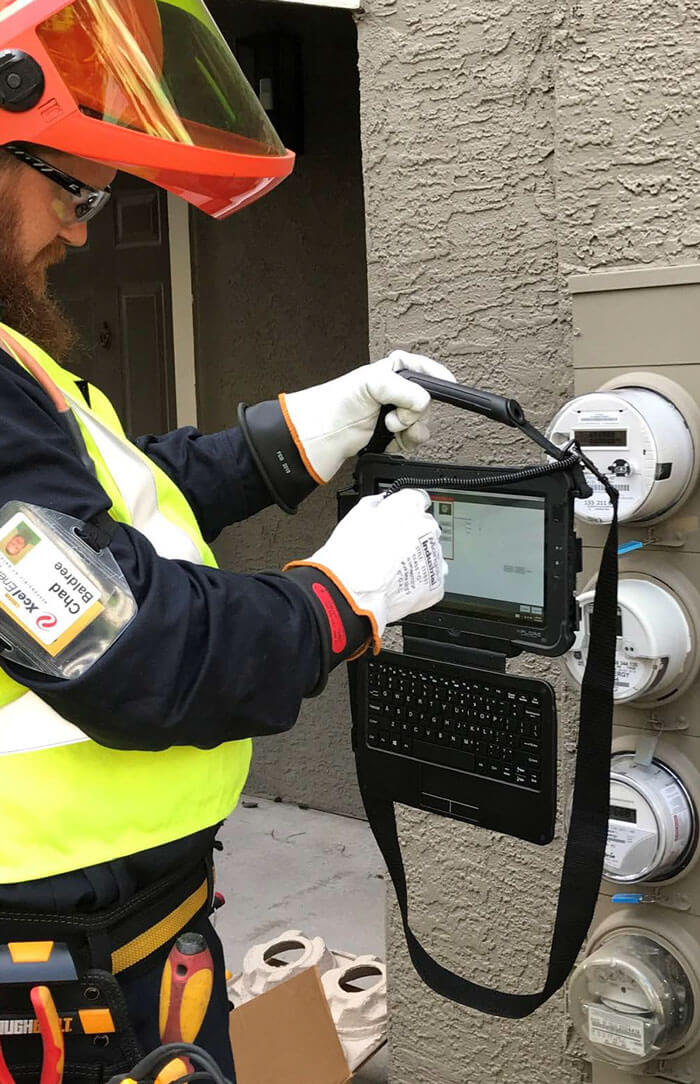
Q. What are your biggest challenges?
We are wrestling with the same macroeconomic inflationary and supply challenges as everyone else. In addition, we are seeing more storms and natural disasters driving up demand, especially for critical items such as transformers, cable and wire, and electricity poles that are already in short supply.
Maintaining the pace of our supply chain transformation efforts while working to minimize disruptions to operations and keeping the capital project on schedule — all while recruiting and retaining team members in one of the tightest labor markets — continues to present unique challenges.
Q. How are you mitigating inflation and supply challenges?
We are collaborating with operations to identify, develop, investigate and action several ideas and opportunities to mitigate current and future inflation and supply risks, encompassing:
- Increasing inventory levels of critical equipment to compensate for the significant increases in delivery lead times.
- Diversifying suppliers by securing additional suppliers and manufacturers, both local and global, that have the capability and capacity to support increased demand.
- Standardizing specifications by adopting broader industry standards, reducing field-specific preferences and utilizing alternate materials, designs, and parts where possible. For example, when faced with a shortage of wood poles, we worked with standards to use other species, such as Red Pine or Douglas Fir, where the Southern Yellow Pine supply was limited.
- Consolidating suppliers and using a category management approach to create leverage. Historically, we worked with over 150 engineering services firms to support all the different business units. Last year, we consolidated the supply base to fewer than 15 providers with rate cards and unit prices allowing us to mitigate the double-digit increases.
- Embracing emerging technologies to realize a lower total cost of ownership while delivering better value to the organization. A good example is upgrading our fleet to EV vehicles. Even though the initial purchase cost is higher than internal combustion engine vehicles, operating and maintenance costs are significantly lower, resulting in lower total costs.
- Increasing our internal repair and refurbishing capacities. We added personnel and hours to internal transformer repair shop operations to increase rebuild capacity by 40%, helping reduce cost increases by 30% to 50% and an up to 200% increase in delivery lead times.
- Using our market intelligence and business analytics (MIBA) team to contest and negotiate supplier price increases. Our MIBA team researches macro-level supply market conditions and develops should-cost models to understand labor, subcomponent, and raw materials requirements.
Q. How is procurement supporting the organization's transition?
The very core of our function is sourcing. At the rudimentary level, the role of procurement is to go out and drive down costs through a competitive bid process.
However, with newer technology, we've started to do things differently, beginning with how we work with our business unit partners. We no longer assume we know the answer. What we are trying to do is twofold. First, we're working with the business unit to identify the real, underlined need instead of precisely describing the required material or service and price. Second, we find and engage innovative suppliers for solutions we've never considered. Today, we're far more open to new products and solutions that might meet our needs.
The second is to bring new technologies into the organization. Because procurement works across the entire organization, we have a broad and unique understanding of the pain points. Yet we are also on the outside, working with a vast supply base and companies with innovations. It is imperative for us to both understand the current capabilities within the supply chain and the trends so we can then bring new approaches back to the business unit.
Our role today is to have a continuous dialogue between the supply base and our business units to proactively identify new solutions that improve our organization in the future. It's no longer transactional, waiting for a requisition to create the scope of work and run the RFP. Sometimes we don't even have to wait for the business to create a need.
Sourcing will, of course, continue to be our core competency. But we can contribute new value by proactively connecting our business units and innovative suppliers. As part of our team's transformation, our market intelligence and business analytics teams conduct a deep dive into the supply base, looking at new technologies with the category managers to bring the best solutions into our organization.
Q. How are you transitioning Xcel to cleaner energy?
We were one of the very first organizations to come out publicly and say we would electrify our fleet. We planned to convert 100 % of our sedans to fully electric by 2023, 100% of our light-duty vehicles, and 30% of our medium and heavy-duty by 2030. The problem is, there aren't EV vehicles available yet. For instance, the Ford Lightning, the first light-duty EV, isn't coming out until next year. We're only beginning to receive a few of the vehicles we ordered this year. And very few medium- and heavy-duty trucks are available or coming to market soon.
We can't wait. We must lean in to make tangible progress. So, we are working with nontraditional, more innovative manufacturers. And while they don't have the scale today, we're learning, and they're learning. We've engaged a company in Denver that removes the standard gas engine and converts vehicles into all-electric. We will be taking delivery of our first vehicles by the end of the year.
We're moving forward now because there's an entirely new ecosystem that we need to set up to manage EVs. We're training our mechanics on these new vehicles, ensuring the charging stations and our shops are set up correctly to manage and get the utmost out of their new integral features.
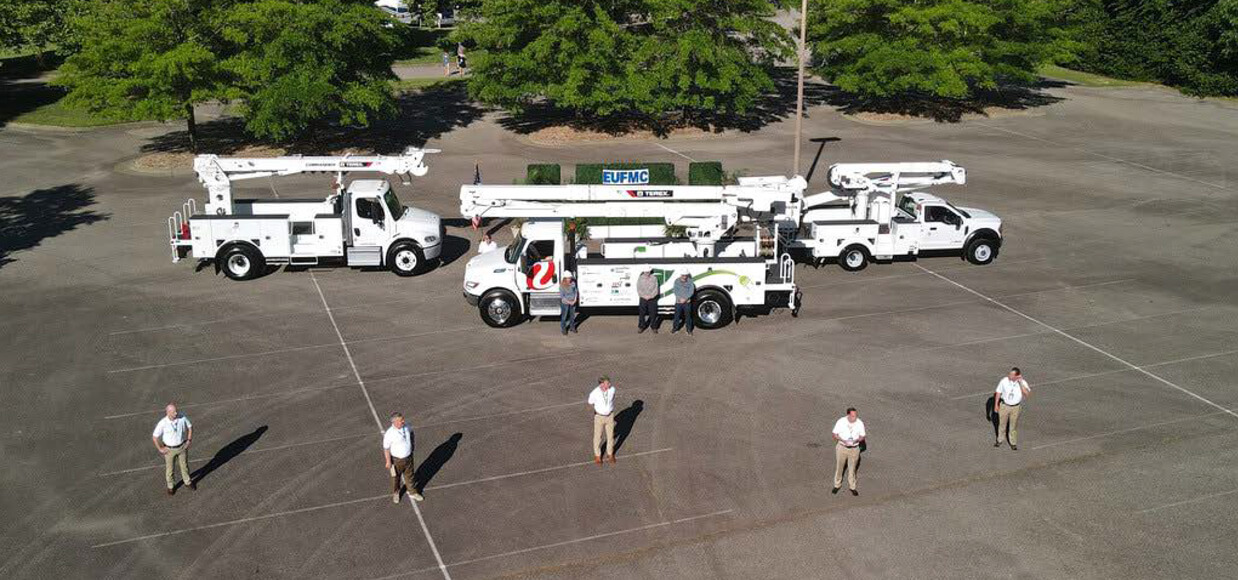
We're jumping in where we see opportunities. One of our supply partners came out with the first electric bucket trucks, and though they're twice as expensive as a standard engine, with range limitations, we will be the first organization to receive their first two production trucks. We can't wait for the vehicles and the technology to fully mature before we start to dive in and learn if we're to meet our objectives.
The 1.5 million charge points we're planning to install will create 15 gigawatts of new load on the system. We are building renewable capabilities as we decommission our gas and coal plants. Our procurement organization is at the core of achieving these highly transformative clean energy goals, ensuring the grid is resilient and capable of handling this additional load. To keep the costs low, we look at the right sources of supply, which mean overseas. But even though there's a significant amount of constraint right now, we have to ensure that good labor practices are in a place where these materials are sourced. It's a continuous balancing act between keeping costs low, ensuring supply chain surety, and achieving our strategic commitments. Being a first mover means you're going to incur some premiums.
Q. What are your key learnings from the multiyear transformation?
In planning transformations, we tended to focus on the technical aspects and far less on people, and the organization's culture needed to sustain new ways of working. We required a deliberate process to engage stakeholders across the organization to get adoption, which is the ultimate indicator of a successful transformation.
There's no such thing as overcommunication. Even though we built communication into our plans, we found it wasn't enough. When we faced obstacles or fell behind schedule, we tended to shortchange communications and change management. Investing in change management specialists whose primary focus is facilitating two-way conversations was key to avoiding communication gaps.
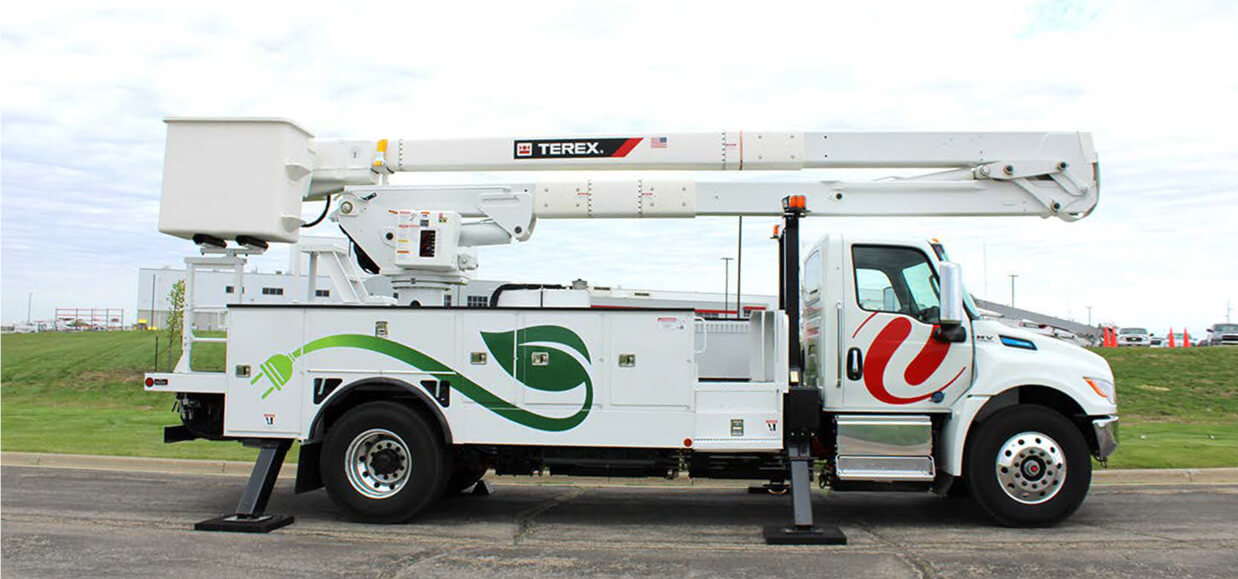
Finally, striving for an operational excellence mindset by moving from a "blame and shame" to a "learning and sharing" ethos significantly increased risk-taking and created a positive work environment.
Q. What new digital solutions are you excited about?
Within our team, we're very excited about our new source-to-pay solution because it's intuitive and user-friendly. We expect it to help transform our work and engage our key internal and external stakeholders. More broadly, we're looking to play a much more significant role in driving innovation across our entire organization.
Traditionally, we work with a business unit to create an RFP for a specific product or service. It's very transactional. But our strategic value-add is coupling business units with innovative suppliers to solve issues. Suppose we work closely with a business to understand its pain points and stay on top of the new technologies and trends through our work with thousands of suppliers. In that case, we can connect our businesses with suppliers who use innovative ways to solve tomorrow's problems. For instance, we had unstaffed and unmonitored operations equipment at my prior organization in remote areas. We implemented a supplier-developed remote monitoring solution — a sensing device about the size of an iPhone that is easily attached to the equipment. The relatively simple, inexpensive, innovative device allowed remote start and stop capability, remote monitoring and predictive failure analysis, increasing productivity and saving millions.

Q. What are the biggest supply chain opportunities going forward?
I believe there are three crucial opportunity areas. First, building resilience. Because of growing geopolitical uncertainty and increased natural disasters, we need greater visibility into Tier two and Tier three suppliers to increase our capacity to foresee and react quickly to supply chain disruptions. Second, championing ESG. Supply chain can and should play a much more significant role in achieving environmental and social goals. We are just starting to scratch the surface of how to cut carbon emissions in our supply chain. Third, boosting employee engagement. Research shows that engaged employees are more loyal and employ more discretionary effort. Yet we spend most of our time focusing on technologies and methodologies. Engaging and retaining employees are also a robust strategy to address turnover in a tight labor market.
Q. What is your one piece of advice for fellow supply chain and procurement leaders?
The one thing I consistently see in companies across industry sectors is that the supply chain is viewed either as a cost center or a tactical organization. Yet we are a strategic partner helping organizations achieve our corporate and financial goals. We must figure out how to elevate the supply chain brand within our organizations and ensure our colleagues truly understand our potential to contribute to enterprise strategic goals.
Finally, as Rahm Emanuel said, "never let a good crisis go to waste." I believe that if we can manage through the supply chain challenges we face, this is a fantastic opportunity to change our perception from a transactional function to that of a trusted business partner.










